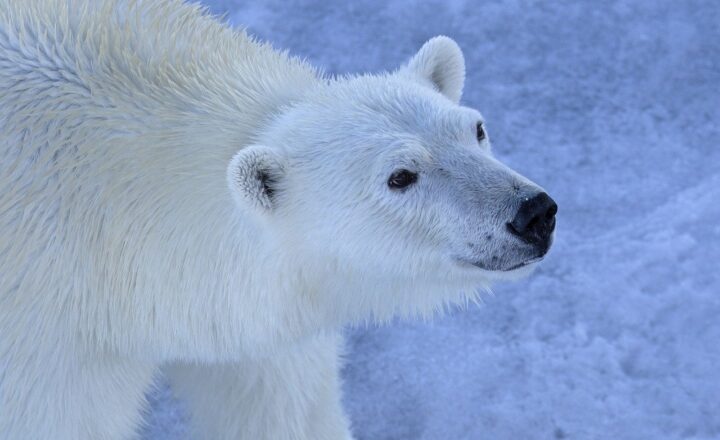The Buzz About Bees: Understanding Their Crucial Role in Our Ecosystem
November 19, 2024

Bees, often seen as mere pollinators or minor nuisances, play an integral role in maintaining ecological balance and ensuring food security. This article delves into the vital contributions bees make to our environment, the various species that inhabit our planet, and the urgent threats they face.
Understanding the Importance of Bees
Bees are not just honey-producers; they are essential pollinators that contribute to the growth of many plants, including those that form the backbone of our food supply. According to the Food and Agriculture Organization (FAO), about 75% of the world’s flowering plants and approximately 35% of global food crops depend on pollinators, including bees.
Pollination is how bees transfer pollen from male to female flower parts, leading to fertilization and seed production. This process is crucial for the reproduction of over 150 crops in the United States alone, from apples to almonds, and blueberries to cucumbers.
In addition to crops, bees also contribute to the diversity and stability of ecosystems. By aiding in the reproduction of plants, they support entire food webs. Healthy bee populations lead to vibrant floral biodiversity, which in turn benefits countless other species and aids in maintaining ecological balance.
Types of Bees and Their Roles
While most people think of honeybees, there are over 20,000 known species of bees worldwide, each playing unique roles in the ecosystem. Here are some of the key types:
- Honeybees (Apis mellifera): Known for producing honey and beeswax, they are arguably the most well-known pollinators. They live in hives and can communicate the location of food sources to one another through dance.
- Bumblebees (Bombus): These larger bees are exceptionally effective pollinators, particularly of plants with tubular flowers. Their ability to vibrate flowers increases pollen release.
- Solitary Bees: Unlike honeybees, most bee species are solitary, such as leafcutter bees and mason bees. These bees often have unique nesting preferences and can be incredibly efficient in pollination.
- Carpenter Bees: Named for their nesting behavior, they bore into wood to create their homes. They are also important pollinators but tend to look similar to bumblebees.
Each type of bee has unique behavior and habitat requirements, making them collectively vital for the environment. Protecting their diverse habitats is essential for sustaining their populations and, consequently, our agriculture and ecosystems.
The Decline of Bee Populations
In recent years, bees have been facing alarming declines in population. Factors contributing to this crisis include:
- Pesticides: The use of harmful pesticides, particularly neonicotinoids, affects bees’ behavioral and navigational abilities, leading to colony collapse and reduced reproduction rates.
- Habitat Loss: Urbanization and intensive farming practices have led to significant habitat destruction, leaving bees with fewer resources to forage and nest.
- Climate Change: Changes in weather patterns affect the availability and timing of floral resources, impacting bee foraging behavior and survival rates.
- Diseases and Parasites: Parasites such as Varroa mites and various pathogens can devastate bee colonies, further exacerbating population declines.
The combination of these factors has led to estimates indicating that one-third of bee species are at risk of extinction. This decline not only endangers the bees themselves but also poses a severe threat to global food security and biodiversity.
What Can Be Done to Help Bees?
Addressing the challenges facing bee populations requires a collective response from individuals, communities, and governments. Here are ways we can make a positive impact:
- Plant Pollinator-Friendly Gardens: Using native plants and providing a diverse range of flowering species can create a hospitable environment for bees. Avoid using pesticides and herbicides that harm them.
- Support Organic Farming Practices: Purchasing organic produce supports farmers who use bee-friendly practices and avoid synthetic pesticides that threaten bee populations.
- Advocate for Policies that Protect Bees: Get involved in local initiatives that promote habitat restoration and pesticide regulation. Supporting organizations dedicated to bee conservation can amplify your impact.
- Educate Others: Spread awareness about the importance of bees. The more people understand their role and the threats they face, the more likely collective action will occur.
Bees provide so much to our ecosystems and food systems; taking steps to protect them is not just beneficial but essential to our own survival.
Conclusion: The Future of Bees and Our Ecosystem
The future of bees will ultimately influence the health and stability of ecosystems and food systems around the world. By understanding their indispensable role and advocating actions to protect them, we can ensure that future generations will continue to enjoy the myriad benefits that bees provide. Protecting bees isn’t just about saving a species; it’s about securing our planet’s future and fostering the intricate balance of life that sustains us all. The buzz about bees is not just a fleeting trend; it’s imperative that we act now to safeguard their populations and, by extension, our ecological future.







